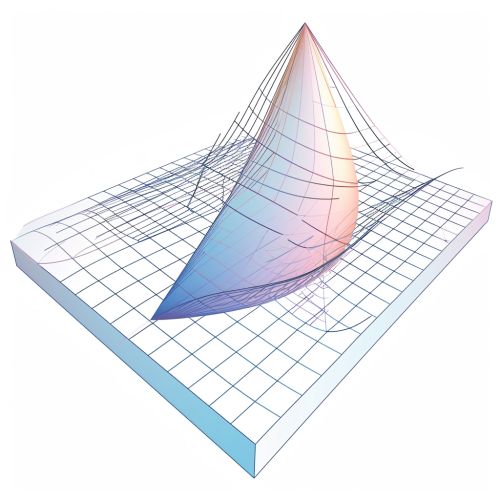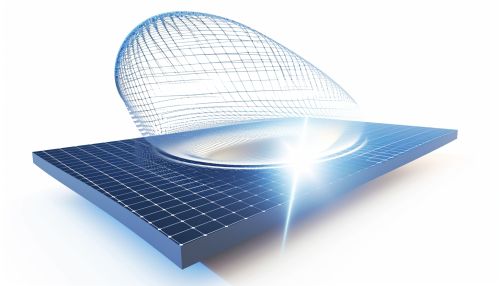Vector (mathematics)
Definition and Overview
In mathematics, a vector is a geometric object that has both magnitude (or length) and direction. Vectors are used to represent physical quantities that have both of these characteristics, such as force or velocity. The concept of vectors is fundamental in many areas of mathematics and physics, including linear algebra, calculus, and quantum mechanics.
History
The concept of a vector was first introduced by William Rowan Hamilton in the 19th century. He developed the notion of a vector to describe quantities in three-dimensional space that have both magnitude and direction. This concept was later extended to include more general spaces, such as Euclidean spaces and vector spaces.
Properties
Vectors have several important properties. These include:
- Addition: The sum of two vectors is another vector, which is obtained by placing the initial point of one vector at the terminal point of the other and then joining the initial point of the first vector to the terminal point of the second. This operation is known as the vector addition.
- Scalar multiplication: A vector can be multiplied by a scalar (a real or complex number) to produce another vector. This operation is known as scalar multiplication.
- Dot product: The dot product of two vectors is a scalar quantity that is equal to the product of the magnitudes of the vectors and the cosine of the angle between them. This operation is known as the dot product.
- Cross product: The cross product of two vectors is a vector that is perpendicular to the plane containing the two vectors. The magnitude of the cross product is equal to the product of the magnitudes of the vectors and the sine of the angle between them. This operation is known as the cross product.
Types of Vectors
There are several types of vectors, including:
- Free vectors: These are vectors that can be moved around in space without changing their properties. They are often used to represent physical quantities such as force or velocity.
- Position vectors: These are vectors that specify the position of a point in space relative to a fixed origin. They are often used in coordinate systems.
- Unit vectors: These are vectors of length one. They are often used to specify a direction in space.
- Zero vectors: These are vectors of zero length. They are often used as the additive identity in vector spaces.
Vector Spaces
A vector space is a set of vectors that is closed under vector addition and scalar multiplication. The concept of a vector space is a fundamental one in linear algebra and other areas of mathematics. A vector space can be finite-dimensional, such as the three-dimensional space of real numbers, or infinite-dimensional, such as the space of all continuous functions.
Applications
Vectors have many applications in both mathematics and physics. In mathematics, they are used in areas such as linear algebra, calculus, and differential equations. In physics, they are used to represent physical quantities such as force, velocity, and electric field. They are also used in computer graphics, where they are used to represent the position, direction, and color of objects.
See Also
- Linear algebra
- Calculus
- Quantum mechanics
- Coordinate system
- Scalar multiplication
- Dot product
- Cross product


